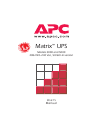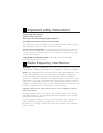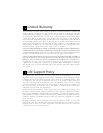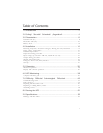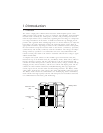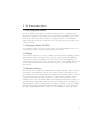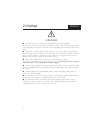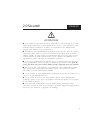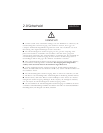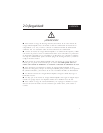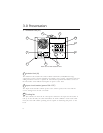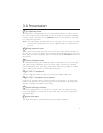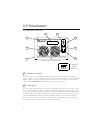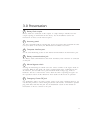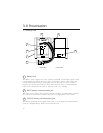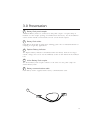
2
1.0 Introduction
1.1 Overview
The UPS is a high-power enhanced line-interactive uninterruptible power source
which provides clean, reliable AC power to computer, data handling, and telecommu-
nications loads. Normally, the UPS operates on-line and provides power derived
from the input mains source, continuously regulating the load voltage to compensate
for voltage fluctuations on the mains. A multilevel transformer tap changing circuit
provides this regulation while attaining high levels of on-line efficiency. To adjust the
load voltage, the UPS temporarily operates the load from battery power while an
appropriate transformer tap change is made. If line conditions become unacceptable,
the UPS transfers load power from the mains to the inverter (on-battery operation)
synchronously and virtually seamlessly under all conditions. The voltage waveshape
during on-battery operation is a low-distortion sine wave. Resynchronization and
transfer of load power back to the mains is automatic when the line voltage is again
within normal limits.
A complete UPS system consists of three module types: an Electronics Unit (EU)
mounted on top of an Isolation Unit (IU), and Battery Packs, which can be added to
increase on-battery run time. The EU self-connects to the IU when mounted, and
contains the UPSs microprocessor controls, inverter, battery charger, transfer and tap
changing circuits, remote interfaces, and the user control and display panel. The IU
contains the UPSs isolation transformer, EMI/RFI filtering and surge-suppression
circuits, bypass circuit, and the mains and load wiring interfaces. The Battery Packs
daisy chain from the EU using a heavy duty cable and lockable connector system.
The Battery Packs and the EU communicate over modular-plug cables. Each Battery
Pack contains four high-capacity batteries and microprocessor-controlled electronics
for communications and battery pack monitoring.
Electronics Unit
(EU)
Isolation Unit
(IU)
Battery Packs



